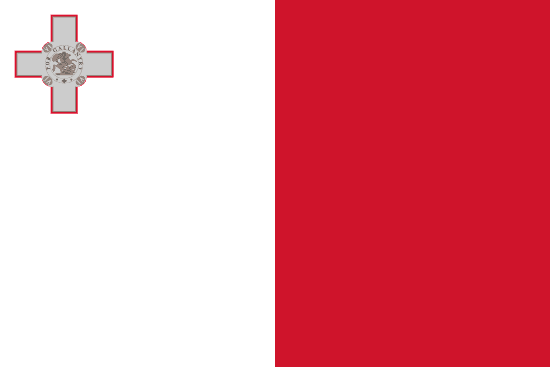"Merħba b'kull qalb | Welcome with all heart"
About:
Malta, an archipelago in the Mediterranean Sea, has a rich history dating back to 5900 BC, with prehistoric temples older than Egypt's pyramids. It was colonized by Phoenicians, Romans, Arabs, Normans, and Knights of St. John. It fell under British rule in 1814, playing a strategic role in both World Wars. Granted independence in 1964, Malta became a republic in 1974. It joined the EU in 2004 and adopted the Euro in 2008. Today, it's known for its tourism, language schools, and as a hub for online gaming companies.
When to visit:
Malta is a popular Mediterranean destination known for its sunny weather and rich history, making it an ideal holiday spot year-round. However, the best time to visit Malta is during the shoulder seasons of spring (April to June) and autumn (September to November) when the weather is mild, and the crowds are smaller. During these times, you can enjoy exploring the historic sites, relaxing on the beautiful beaches, and indulging in the local cuisine without the peak season hustle and bustle. Whether you choose to visit Malta in the spring or autumn, you are sure to have a delightful and memorable holiday experience on this charming island.
When to avoid:
The worst time to travel to Malta for a holiday is typically during the peak summer months of July and August. During this time, the island experiences scorching temperatures, crowded beaches, and high prices for accommodations. Additionally, many locals take their own holidays during this period, leading to potential service disruptions and limited availability for tours and activities. To avoid these challenges, travelers may consider visiting Malta during the shoulder seasons of spring (April to June) or autumn (September to October) when the weather is milder, and tourist crowds are thinner, allowing for a more enjoyable and relaxing experience.
Winter Season (Dec-Feb)
During Malta's winter months (December to February), the weather is the coldest and wettest. Average temperatures range from 12-15°C (54-59°F) with rainfall peaking in December at around 110mm. Despite this, Malta still enjoys an average of 5-6 hours of sunshine daily, albeit with increased cloud cover. A typical day for a visitor might involve a mix of sun and rain, with cooler evenings. The sea temperature drops to around 16°C (61°F), making water activities less appealing. However, indoor attractions and exploring the island's historic sites remain popular.
"Malta Summer (June–September)"
In Malta, the warmest part of the year is typically from June to September, which is the summer season. During this period, the average high temperatures range from 28 to 33 degrees Celsius (82 to 91 degrees Fahrenheit), while the average low temperatures range from 20 to 24 degrees Celsius (68 to 75 degrees Fahrenheit).
Rainfall is minimal during these months, with July and August being the driest. You can expect less than 10mm of rainfall in a month, and there are usually 0 to 2 rainy days in a month. The humidity can be quite high, often exceeding 70%, which can make the heat feel more intense.
The summer season in Malta is characterized by long, sunny days with an average of 10 to 12 hours of sunlight per day. Cloud cover is typically low, with clear or mostly clear conditions about 70% of the time.
For a visitor, a typical day during the warmest part of the year in Malta would feel hot, especially in the afternoon. The mornings and evenings are more comfortable, offering a respite from the peak daytime temperatures. It's a great time for beach activities and water sports due to the warm sea temperatures. However, the high humidity might make the heat feel oppressive, especially for those not used to such conditions. It's advisable to stay hydrated and protected from the sun. With the low chance of rainfall, outdoor plans are unlikely to be disrupted.
Language:
In Malta, the official languages are Maltese and English. Maltese, a Semitic language with significant influence from Sicilian and English, is the national language and the most widely spoken. English, a legacy of British colonial rule, is also widely understood and used in education, business, and media. Italian is also fairly common due to historical and cultural ties with Italy.




